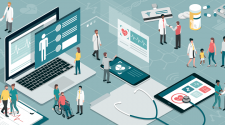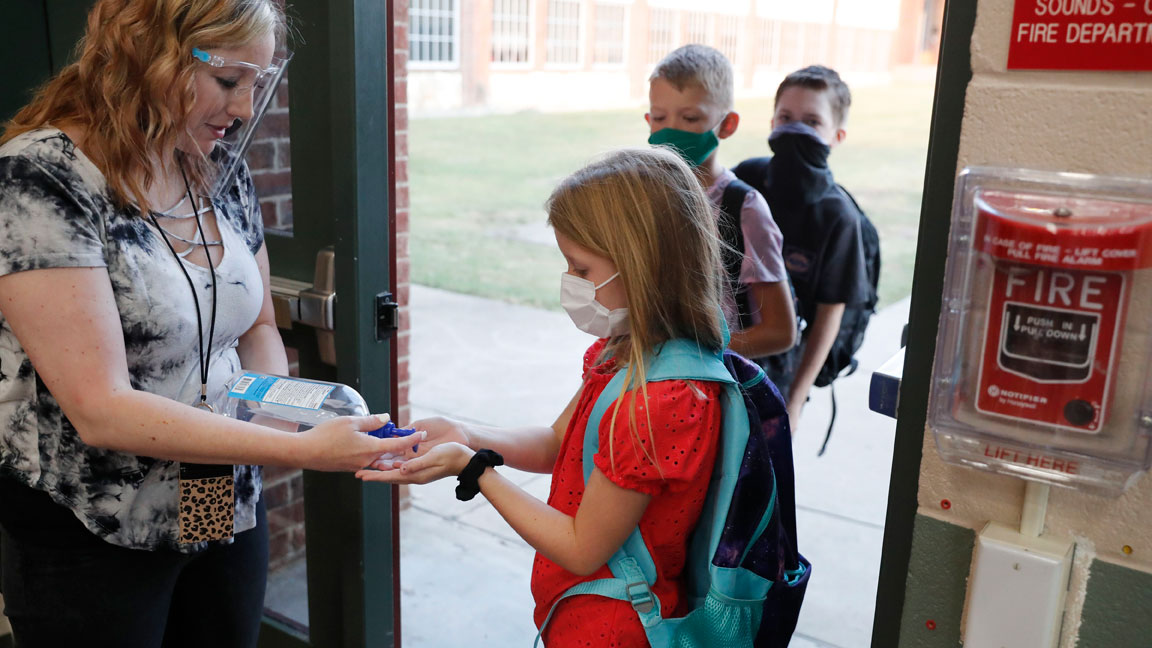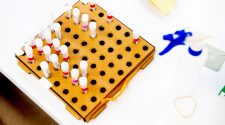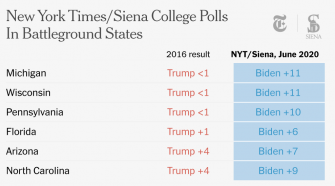While families, policy experts and public officials nationwide wrestle with the pros and cons of reopening schools during the pandemic, education and health leaders in New Jersey seem to agree that districts here lack the regulatory guidance and critical resources to safely restart in-person lessons next month.
The state Assembly Education Committee took testimony Monday from school nurses and public health officials who said districts need help developing testing protocols, ensuring contact tracing programs are in place, and securing sufficient personal protective equipment, or PPE, to prevent the spread of COVID-19.
By way of example, one expert said, medical supply distributors don’t recognize schools as health care facilities, making it hard for districts to create the stockpile they need to conduct regular testing or protect nurses who encounter sick students.
Related content: NJ’s Powerful Teachers Union Says Remote Learning This Fall
“We have to acknowledge, the front line of this pandemic is now moving to the schools,” said Dorian Vicente, a middle-school nurse in Morris County and president of the New Jersey State School Nurses Association. “There are still serious concerns to the feasibility of reopening safely and controlling the spread of COVID-19 in schools and school communities.”
At the same time, though, special-education and child-welfare experts warned that remote education — hastily arranged when schools were closed in March — is not effective for some children with disabilities, and those with more significant needs are likely to suffer the most.
Online learning also forces too much responsibility on parents, they said, and exacerbates educational gaps between poor and wealthy children.
“Remote is just not for all learners,” said Teresa Taylor, director of special education in Jackson.
District-by-district planning
New Jersey’s current plan calls for the state’s nearly 600 school districts to reopen on schedule in early September, with safety modifications in place based on pandemic response plans that must be approved in advance. Assemblywoman Pamela Lampitt (D-Camden), the committee chair, said 400 districts have submitted plans for review and many embrace hybrid models that call for groups of students to alternate between in-person and remote learning. Parents also have the option of opting for online education only for their own children.
Lampitt said the committee aimed to ensure that, whatever route they chose, districts plan appropriately.
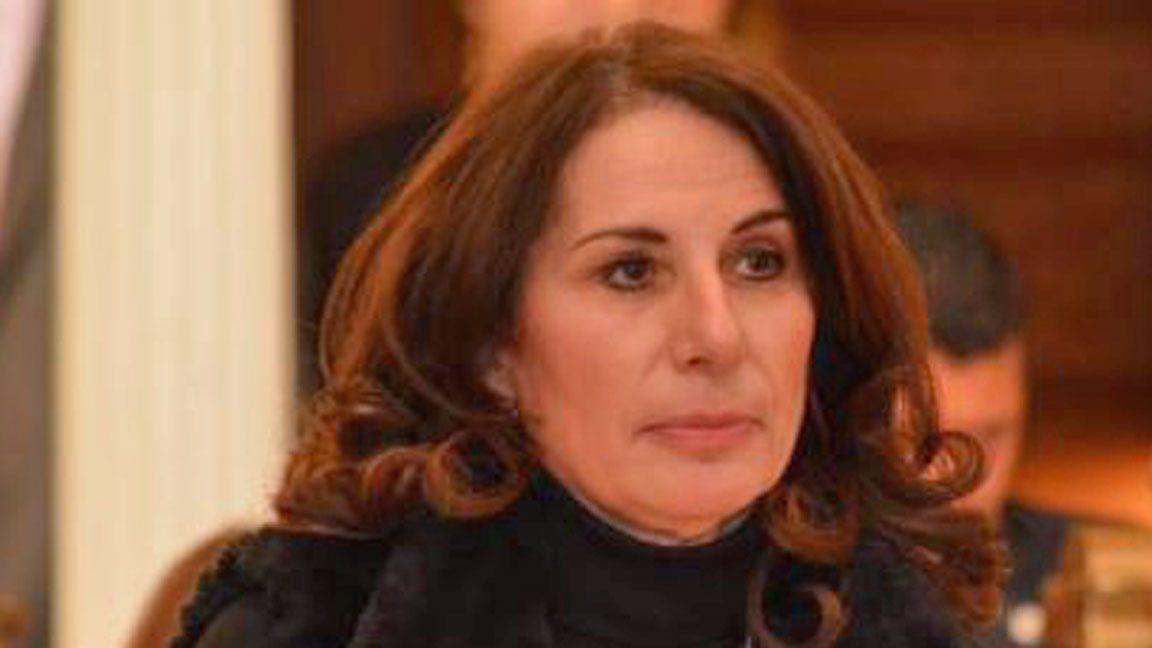 Credit: NJ Assembly Democratic Office
Credit: NJ Assembly Democratic OfficeThe panel also advanced three related bills. One would create additional spending flexibility for COVID-related school expenses. Another would enable the state to purchase PPE and other safety materials on behalf of districts. And the third urges the federal government to provide more funding for schools to address the pandemic.
“There’s grave concern,” Lampitt said, describing school-related outbreaks in North Carolina, Georgia and Tennessee “We’ve got real examples where schools have opened and they thought they had dotted their I’s and crossed their T’s. But if there’s anything we can learn from them, (it’s that) there is more that we can do.”
“The bottom line is we need to make sure our schools are safe for our children to return,” Lampitt added. “And we have only a short window of time to get this right.”
Her colleague on the education committee, Assemblywoman Mila Jasey (D-Essex), has introduced a measure that would delay in-person school until the end of October. And a growing chorus of teachers unions and education officials are urging Gov. Phil Murphy to opt for remote-learning only for the rest of 2020.
More than 185,000 New Jerseyans have been diagnosed with COVID-19 since March, including more than 14,000 who have been confirmed to have died as a result.
‘Unusual’ school year
Murphy notes the state’s goals are to protect the health and safety of students, teachers and staff, and to pursue “the best educational outcomes possible,” while acknowledging that in-person learning “dwarfs” what children can learn online. He has also pledged to continue to listen to all sides as the planning process continues.
“Let’s all accept this is not going to be a normal year,” Murphy said in late July. “This is going to be unusual no matter how we slice it.”
Another critical feature of the state’s plan is flexibility, Murphy has said, which he said will enable districts to create more equitable options for students and staff. The state Department of Education has issued a 104-page reopening plan that outlines minimal standards and references expert guidance from other state and federal agencies, but leaves many decisions up to the individual districts. That was followed at the end of last week by an FAQ document with more than two dozen questions and a checklist for districts to follow as they proceed with reopening.
But stakeholders testifying Monday suggested these documents were not sufficient. Vicente, with the school nurses association, said that in addition to PPE supplies, districts need access to infection control expertise, localized data on coronavirus transmission, and assistance with contact tracing, which the state plan calls for them to do in conjunction with local health departments. And they need better guidance from state overseers, she and others stressed.
“Frankly, during this past spring, schools and local health departments were essentially forced to make decisions in a vacuum without any set guidance from our state [education] department. No one wishes to be in that position in September,” said Megan Avallon, president of the New Jersey Association of County and City Health Officials, and director of the Westfield Regional Health Department. “Unfortunately the local public health infrastructure is underfunded and under-resourced,” she added, which exacerbates the challenges.
Eileen Gaven, a school nurse in Middletown, said her community offered an example of how schools compound the spread of the novel virus. A massive house party in the Monmouth County community led to 68 positive COVID-19 tests results, she said, and contacts with those teens and young adults have caused her district to face a “continuous cycles” of staff and student quarantines in pre-season fall sports programs and in-person, summer classes for 175 students with disabilities.
“It doesn’t matter where the outbreak started in Middletown, our schools have felt the ripple effect,” Gaven said. “Imagine what will happen in three weeks when we go from 175 (students) in our district (facilities) to 10,000,” she asked.
Some needs unmet with remote learning
Advocates for students with disabilities said that while protecting public health is essential, online learning does not allow the districts to fully meet all needs for some students with disabilities. Social and behavioral issues are hard to address remotely, said Taylor from Jackson, and some students are developing new needs after being isolated for so long.
Others raised concerns about the impact of remote learning on working parents.
Barbara Gantwerk with the New Jersey Principals and Supervisors Association was among those who urged the state to consider giving in-person education priority to certain students with disabilities, when classrooms are safe. But she said schools need better direction from the state on how to provide services for these children, especially those that require help with feeding tubes, catheters or other medical devices, and they need sufficient staff to make in-person learning safe.
“To me, this is not an issue that should be done school-by-school. This is an issue we should have (statewide) health protocols,” she said.
The DOE did not respond Tuesday to a request for comment on the need for additional direction. A spokesperson for the Department of Health said that agency is working on its own guidance document for schools in conjunction with the education department.



